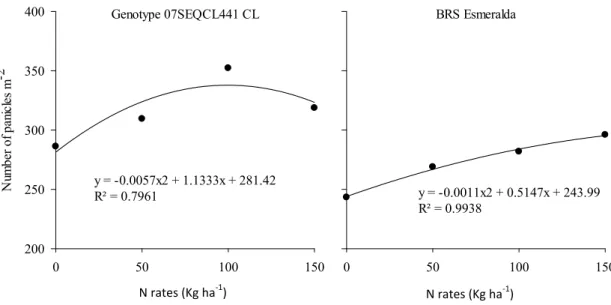Effects of row spacing and nitrogen topdressing fertilization on the yield of upland rice in a no-tillage system
Texto
Imagem




Documentos relacionados
The probability of attending school four our group of interest in this region increased by 6.5 percentage points after the expansion of the Bolsa Família program in 2007 and
Potencial terapêutico de elementos reguladores da tradução.
A Webml é feita com a definição de modelos, são eles: modelo estrutural, que consiste no conteúdo de dados da aplicação Web, modelo de composição, que
Thus, the aim of this study was to evaluate the effect of increasing levels of nitrogen fertilization in carbohydrate and protein fractionation on the resulting corn silage (Zea
Na hepatite B, as enzimas hepáticas têm valores menores tanto para quem toma quanto para os que não tomam café comparados ao vírus C, porém os dados foram estatisticamente
O grande plano para o novo parque urbano pro- posto, também tem como objetivo principal a revitalização desta linha de água que é a ribeira de Sassoeiros e a proposta de
While this is a specifically Peruvian issue as it relates to the ways Native Communities are understood and enacted by indigenous people, it also opens space for other
Este capítulo está organizado da seguinte forma: a Seção 3.1 faz uma breve explanação sobre o Processo de Classificação; a Seção 3.2 apresenta como a Base de Dados foi empregada;